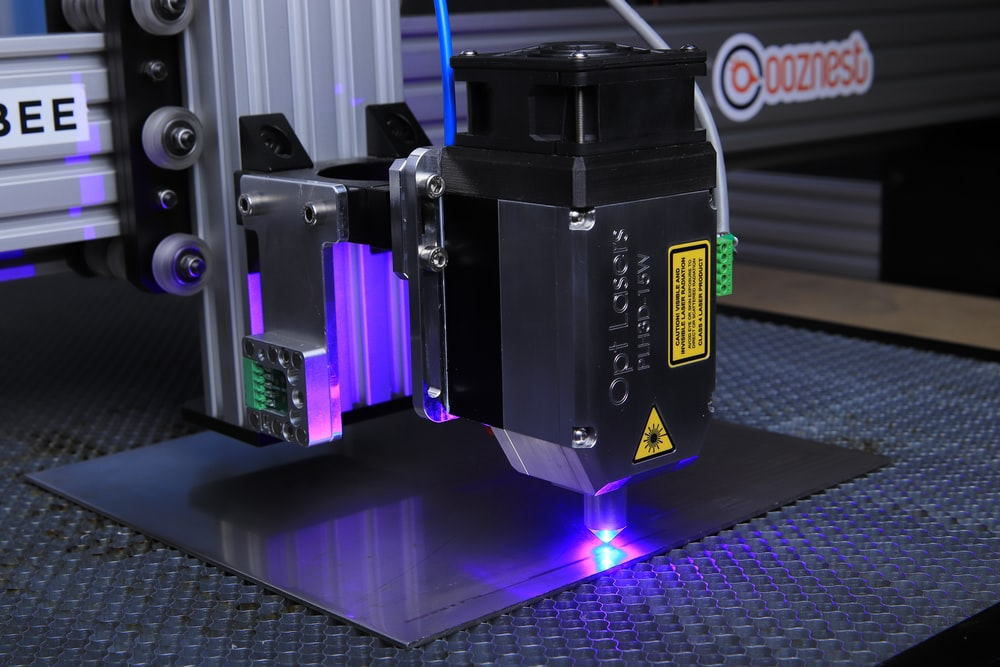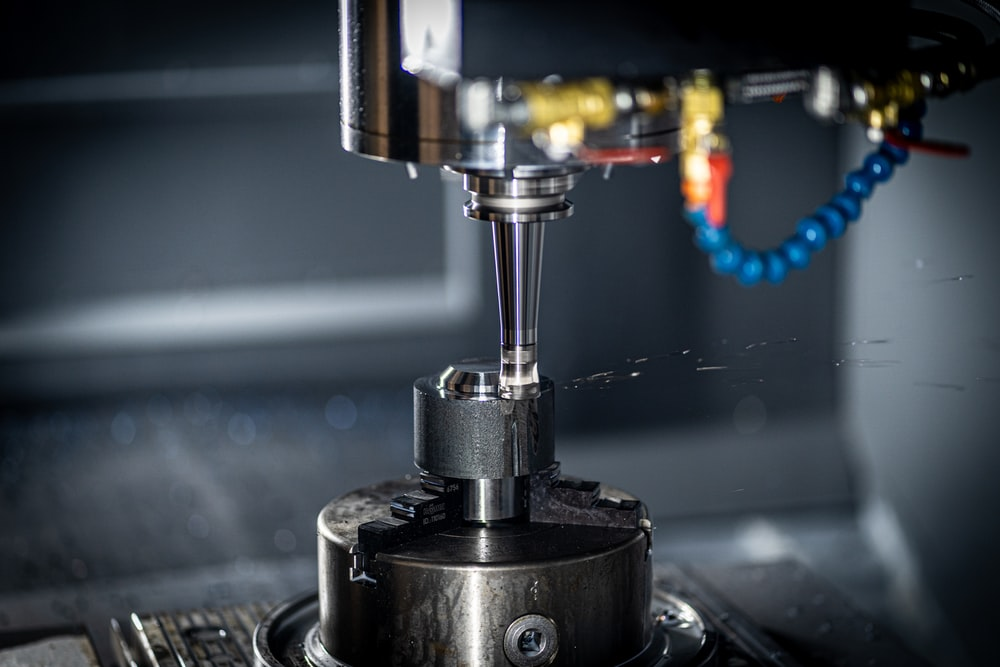Turning is an important part of the metal manufacturing process which involves the rotation of a workpiece to bring it in contact with a cutting machine. Traditionally, the process was done on wood to create unique designs so that it can be used in different tools, equipment, and even furniture.
The process is quite extensive and has become a crucial part in engineering workshops, which manufacture mechanical equipment for industries worldwide. Let’s take a deeper look in to the turning process in precision machining.
Parts That Require Turning
Turning usually produces cylindrical or cone shaped surfaces. As the workpiece spins and encounters the cutting tool, the rotating motion causes the tool to cut away parts of the material on the product. The motion and shape of the cutting tool determine the shape of the workpiece being turned. Bolts and threaded part sections of a workpiece go through the thread cutting method to ensure that it doesn’t experience radial symmetry.
Many mechanical products and parts are heavily reliant on an efficient CNC and manual turning process to create a smooth surface. Parts like bolts and cylindrical tools can be entirely shaped via the turning process, other parts require further processes such as milling and sawing to create the shapes required.
Tools Used for Turning
A lathe is the most used machine tool used in the turning process. However, with technological advancements many workshops across the glove have replaced traditional lathes with machines that offer a combination of processes. Mill/turn centers and 5-axis machining centers are examples of multi-functioning CNC equipment that combine the turning, cross-drilling, tapping, and slotting functions.
Traditional lathes used in the turning process have the following components:
- Head stock: it is the part that contains a rod which holds the workpiece and rotates it for interaction with the cutting tool.
- Tail stock: The part is on the opposite side of the head stock, as the name suggests, it includes a center which is responsible for the proper orientation of the workpiece along its axis.
- Carriage: This part is primarily responsible in moving the cutting tool along the rotational axis. It holds the cutting tool in place and controls all the mechanism of the motion of the too. In modern machining centers the carriage has a turret which enables the user to change the tools mid-way into the process.
- Cutting Tool: As the name suggests, this is the part that encounters the material during the turning process.
- CNC Interface: This tool is only present in computerized lathes which allows the operator to control the motion and speed parameters of the lathe.

Modern Turn Centers
Modern turning machines replace the carriage component in the lathes to a multi-functioning component which allows milling to take place in the same device as well as the turning process. These machines allow greater precision by rotating the tools at high speed to provide an efficient turning process.
No matter how the equipment is manufactured, the process is still the same which is to cut the tool in an efficient way. The machine rotates the workpiece, which allows the operator to control the cutting tool to produce high-quality shapes and surfaces.
If you’re looking for a reliable company for your mechanical design and turning needs then check out MD Design & Automation,
Our wide variety of services include CNC turning services Wisconsin, EDM machining Wisconsin, jig grinding, reverse engineering and even manual milling turning Wisconsin. We offer design and automation services in the US, Canada, Europe and South America.
Contact us now or request us for a quote for your project.
